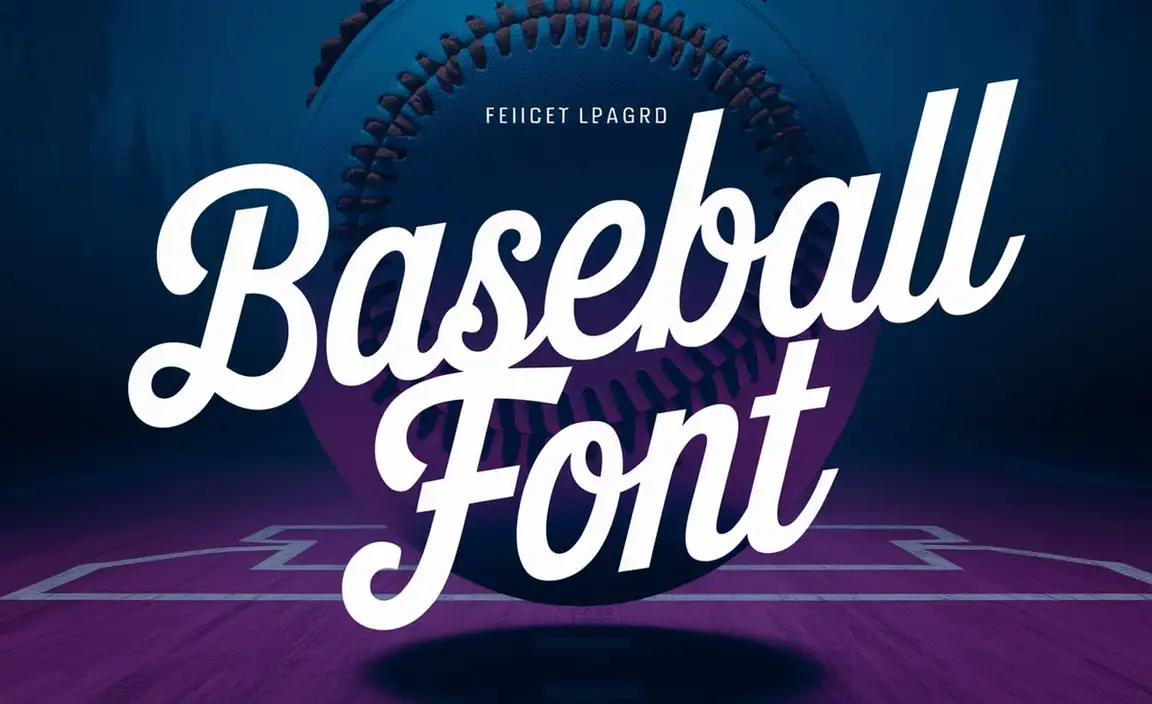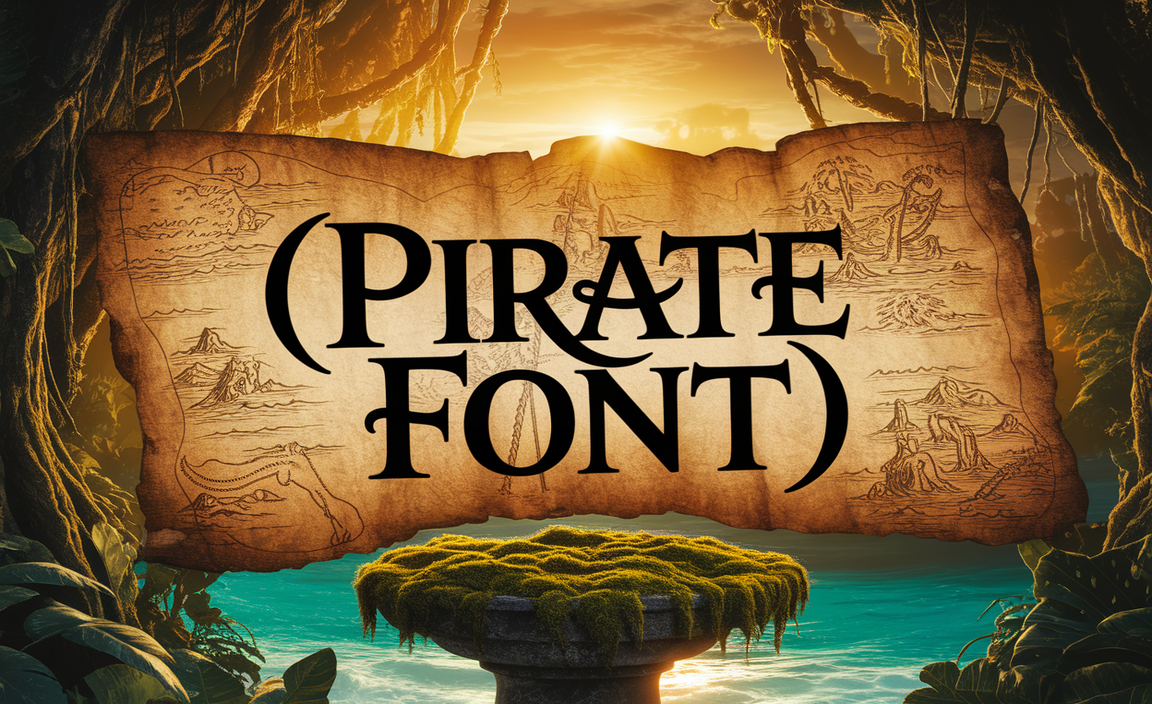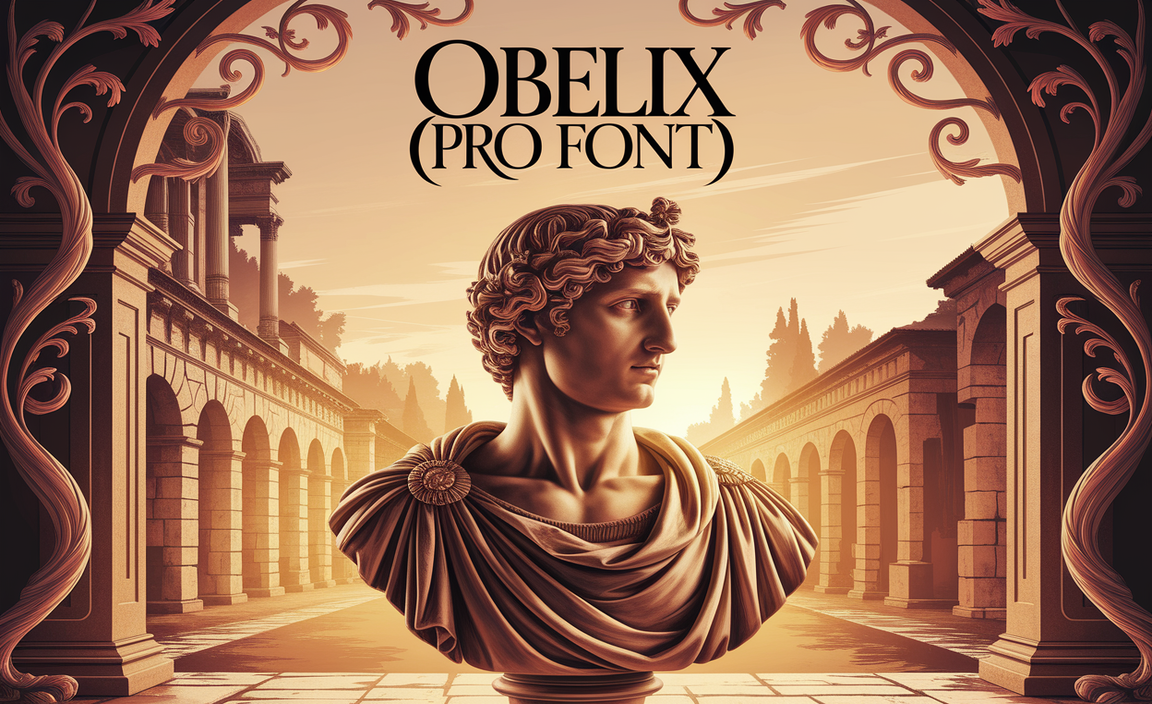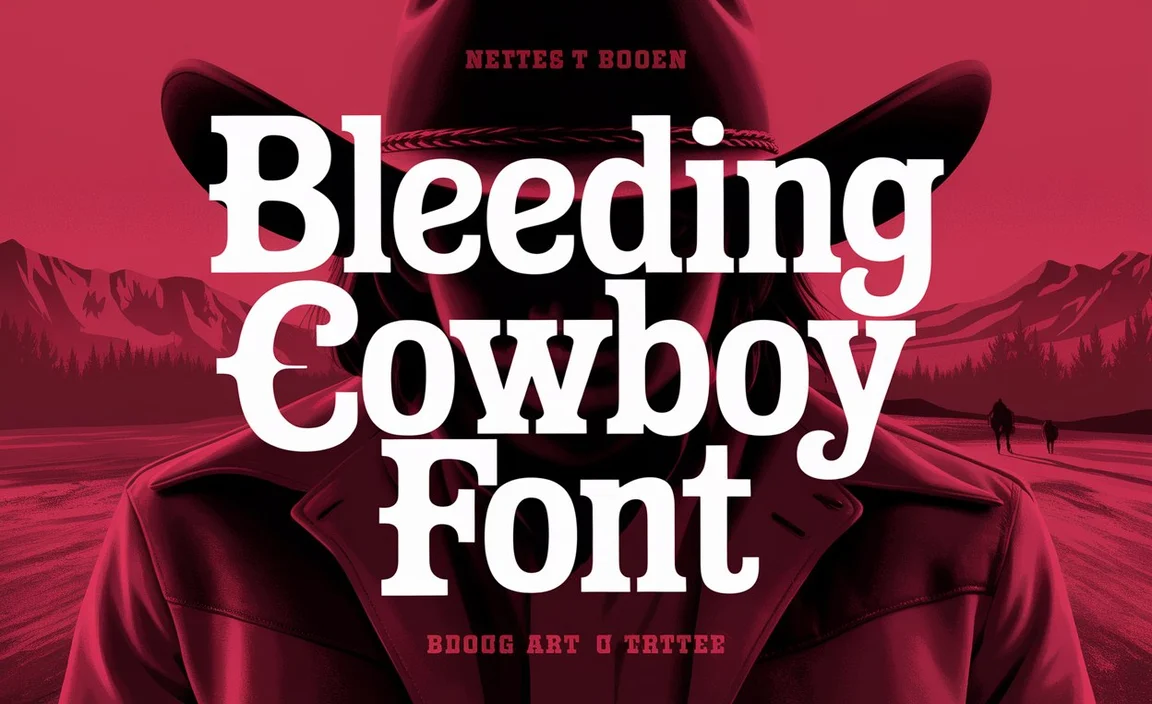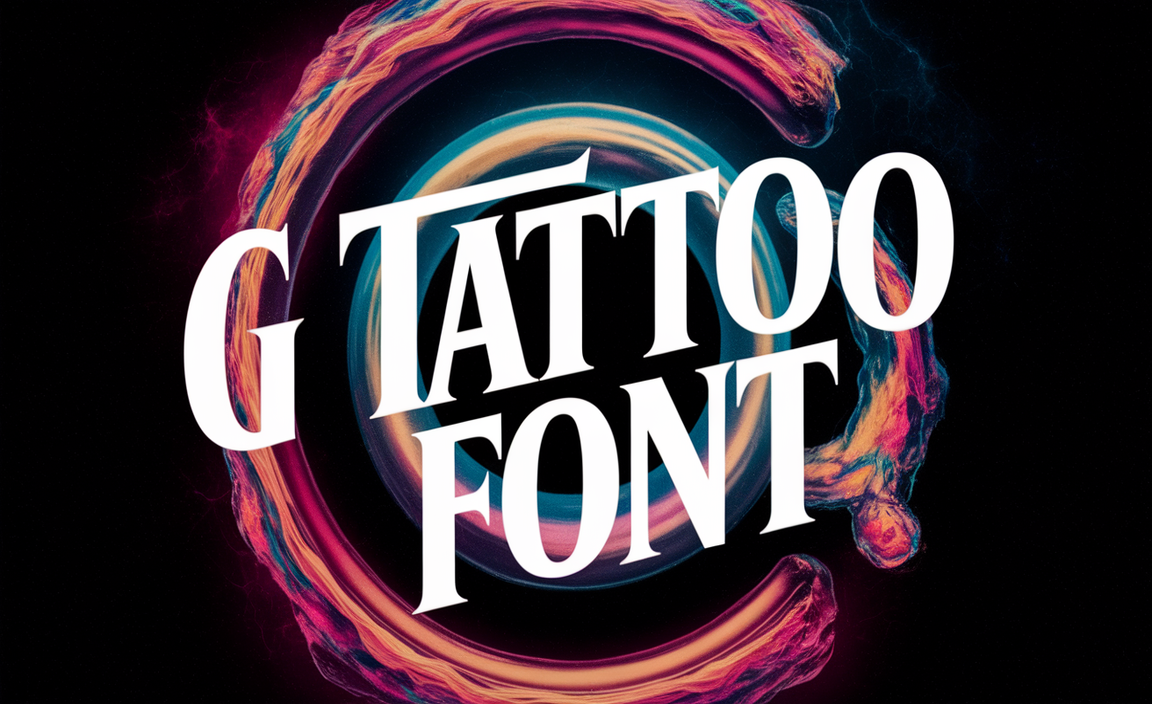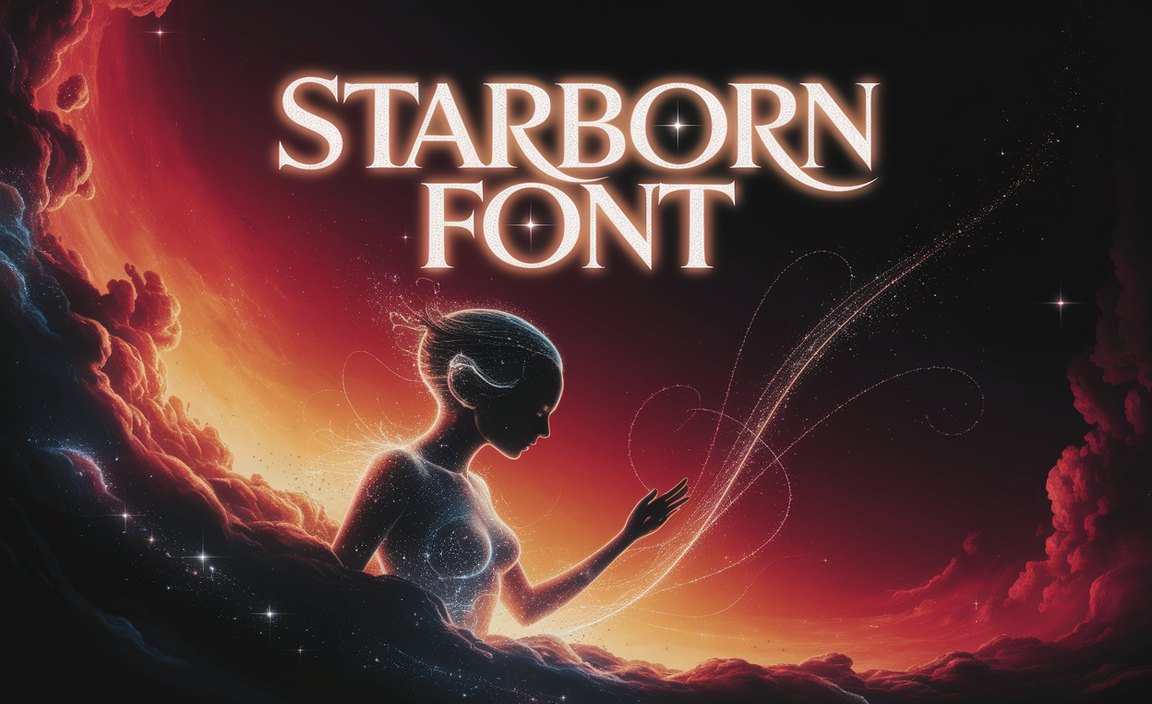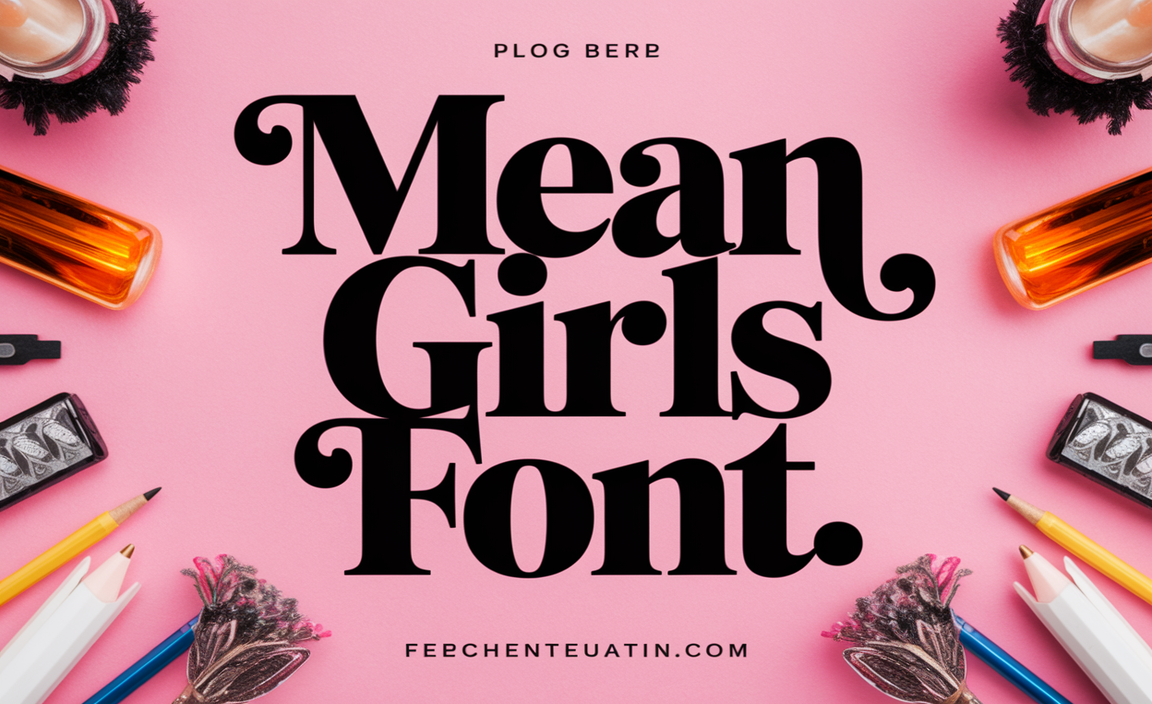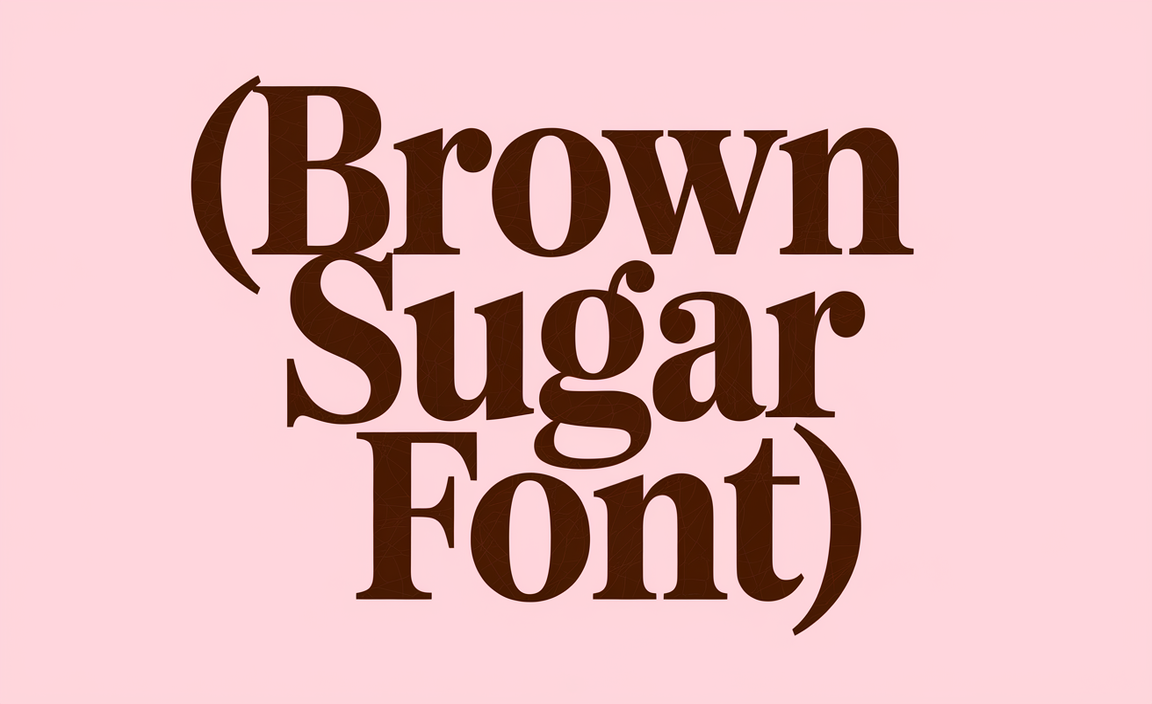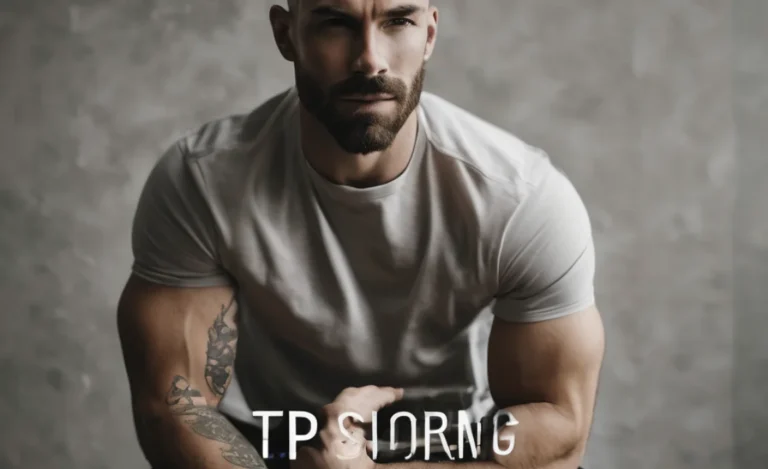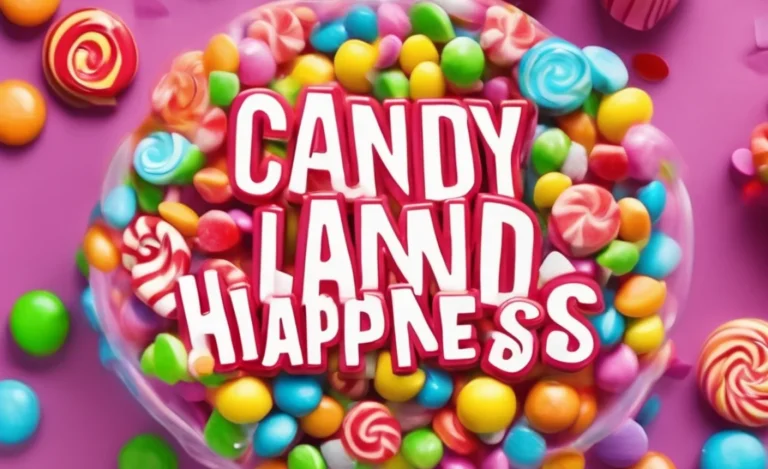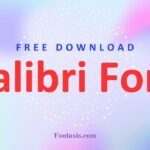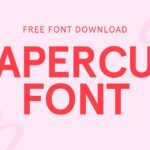Pixel art fonts have become essential for graphic design, especially when working on retro designs or projects that need a unique touch. These fonts, inspired by 8-bit and bitmap fonts, are perfect for everything from game graphics to web design. Whether designing posters, creating animations, or working with book covers, pixel fonts can make your text stand out. Let’s dive into ten pixel art fonts that will bring life to any screen.
Understanding Pixel Art Fonts: Style, Spacing & Readability
![]()
Pixel art fonts have become a defining characteristic of retro design, especially for video games, digital art, and web projects. These fonts offer a nostalgic look that instantly transports viewers back to the 8-bit era. However, understanding their style, spacing, and readability is crucial for creating effective designs. Here, we’ll break down these elements so you can use pixel fonts confidently in your creative projects.
What Defines A Pixel Art Font?
The style of pixel art fonts is rooted in the early days of computer graphics, where each character was made up of small, square pixels. Unlike traditional fonts, which have smooth curves and sharp lines, pixel fonts embrace a blocky, digital look. This style is instantly recognizable and has a nostalgic appeal. However, not all pixel art fonts are the same—there are many variations depending on the size and design.
Pixel fonts typically come in two main styles: monospaced and proportional.
- Monospaced Fonts: Each character occupies the same amount of space, which can be ideal for certain projects like coding, game text, or platforms where precision is key.
- Proportional Fonts: Characters may have different widths, just like in standard fonts, but they maintain the pixelated aesthetic.
The style of the font often determines the tone of your project. For instance, retro fonts like Press Start 2P bring a 1980s arcade feel, while minimal pixel fonts such as M5x7 can look more modern and clean, perfect for use in web design.
Spacing: The Key to Legibility
One of the most important aspects of using pixel art fonts is getting the spacing right. Spacing refers to the kerning (the space between individual characters) and the leading (the space between lines of text). Because pixel fonts are often used at smaller sizes, poor spacing can make text difficult to read.
- Tight Spacing: Many pixel fonts have tight kerning, where characters are close together, creating a more condensed look. This can work well for titles or headers but can be hard to read in longer passages of text.
- Wide Spacing: Some pixel fonts come with more generous spacing, improving readability but reducing the overall retro look. This is great for larger text or when you want your font to stand out clearly in designs like posters or book covers.
When choosing a pixel font, consider the balance between style and legibility. You’ll want to choose a font with appropriate spacing that suits your design project, whether it’s game graphics, web design, or creative posters.
Super Pixels Font
- Designer: GGBotNet
- Font Family: Pixel Art, Display Font
- Styles: Regular, Bold
- Where to Use: Game graphics, Posters, Digital art
- Pairing Options: Use serif fonts for contrast or other pixel fonts for consistency.
- Pros: Crisp, clear readability even at smaller sizes; perfect for titles.
- Cons: May be too bold for long text.
The Super Pixels font offers a solid foundation for any retro design project, with clean edges and a distinct style. It’s great for titles, headers, and any project that requires a pixelated design that pops.
Pixel Bit
- Designer: Joeb Rogers
- Font Family: Pixel Fonts
- Styles: Regular
- Where to Use: Web design, Game UI, Animations
- Pairing Options: Combine with a clean sans-serif font for modern touch.
- Pros: Easy to read even in small sizes; versatile across different platforms.
- Cons: May lose sharpness in large text.
Pixel Bit brings a sharp, minimal look to your creative project, whether you’re working on a website or app. Its unique character design makes it ideal for smaller screen displays.
Raster Forge
- Designer: GGBotNet
- Font Family: Pixel Art Fonts
- Styles: Regular, Italic
- Where to Use: Backgrounds, Creative Projects
- Pairing Options: Works well with hand-drawn or handwritten fonts.
- Pros: Adds texture to any design project; great for vintage feels.
- Cons: Best used for headers or short text.
Raster Forge is perfect for pixelated display fonts. This retro-inspired style works well in game graphics or as a unique touch in creative projects like book covers or posters.
Silver
- Designer: Poppy Works
- Font Family: Bitmap Fonts
- Styles: Regular, Bold
- Where to Use: Web design, Logos, Game graphics
- Pairing Options: Pair with rounded serif fonts for a soft contrast.
- Pros: Versatile, works on both large and small screens.
- Cons: Bold variant may be overwhelming for extended text.
Silver stands out for its simplicity and clarity, making it ideal for any project needing pixel fonts with flair. It works well on websites and as part of user interface designs.
Weiholmir Pixel Font
- Designer: JustFredrik
- Font Family: Serif Pixel Font
- Styles: Regular, Thin
- Where to Use: Posters, Flyers, Retro Designs
- Pairing Options: Combine with geometric sans-serif fonts for clean design.
- Pros: Great for high-contrast projects; legible at small sizes.
- Cons: The thin version may not be visible in low-res designs.
Weiholmir offers a more sophisticated approach to pixel fonts with its serif style. It adds an elegant yet retro vibe, perfect for any vintage or retro-inspired design project.
Pixel AE Font
- Designer: Essssam
- Font Family: Pixel Art, Display Font
- Styles: Bold, Regular
- Where to Use: Game titles, Posters, Websites
- Pairing Options: Great with modern sans-serif fonts to balance its boldness.
- Pros: Clean, readable even in busy designs.
- Cons: Not ideal for small text.
The Pixel AE Font brings bold pixel art to the forefront. Its heavy design makes it an excellent choice for titles and headers, giving your text a powerful presence.
QuinqueFive
- Designer: GGBotNet
- Font Family: Monospaced Pixel Font
- Styles: Regular
- Where to Use: Platform games, Coding Projects, UI elements
- Pairing Options: Pair with serif fonts or small pixel fonts for contrast.
- Pros: Monospaced, great for text-based projects like coding.
- Cons: Limited use for design-heavy text.
QuinqueFive is perfect for anyone needing monospaced fonts for their project. Its uniform spacing makes it ideal for platforms or technical applications like coding.
M5x7
- Designer: Daniel Linssen
- Font Family: Pixel Art Font
- Styles: Regular
- Where to Use: UI, Digital Art, Retro Games
- Pairing Options: Pair with minimalist sans-serif fonts for a clean, balanced look.
- Pros: Pixel-perfect design ideal for game UI.
- Cons: Best suited for short text or labels.
M5x7 is a perfect font for those working on platform games or UI elements. Its clean, crisp design works well for small-sized text in digital or retro projects.
Gridtile
- Designer: GGBotNet
- Font Family: Pixel Art, Typeface
- Styles: Regular, Italic
- Where to Use: Game graphics, Web Design
- Pairing Options: Works with modern fonts for a futuristic feel.
- Pros: Perfect for bold text and game interfaces.
- Cons: Not as readable in large blocks of text.
Gridtile brings a grid-like structure to your design, which makes it perfect for game graphics and other UI-based projects.
Abaddon
- Designer: Nathan Scott
- Font Family: Pixel Fonts
- Styles: Regular, Bold
- Where to Use: RPGs, Posters, Book Covers
- Pairing Options: Works well with classic serif fonts for contrast.
- Pros: Great for RPGs and fantasy-themed designs.
- Cons: The bold version may be overpowered by regular body text.
Abaddon is an excellent choice for any retro or fantasy project. With its bold design and pixel-perfect details, it’s perfect for headers, titles, and game graphics.
Conclusion
Pixel art fonts bring a unique charm to any design project, but understanding their style, spacing, and readability is essential for using them effectively. Whether you’re creating retro game graphics, designing a website, or working on digital art, pixel fonts can add a distinct touch to your work. With careful consideration of font choice, spacing, and context, you can ensure that your text not only looks great but is easy to read, making your designs stand out in the best possible way.
FAQs
What Is A Pixel Art Font?
A pixel art font uses tiny blocks (pixels) to form characters, often seen in retro and 8-bit designs.
Can I Use Pixel Art Fonts For Websites?
Yes, pixel fonts work great for web design, particularly for retro-themed sites or games.
How Do I Pair Pixel Fonts?
Pair pixel fonts with clean, modern fonts like sans-serifs for contrast, or other pixel fonts for consistency.
Are These Fonts Free To Use?
Many pixel fonts are free for personal use, though some may require a license for commercial projects.
Where Are Pixel Fonts Best Used?
Pixel fonts are perfect for game graphics, digital art, posters, and web design, especially for retro or vintage-themed projects.
Can Pixel Fonts Be Used In Print Designs?
Yes, pixel fonts are commonly used in posters, book covers, and flyers for a unique touch.

